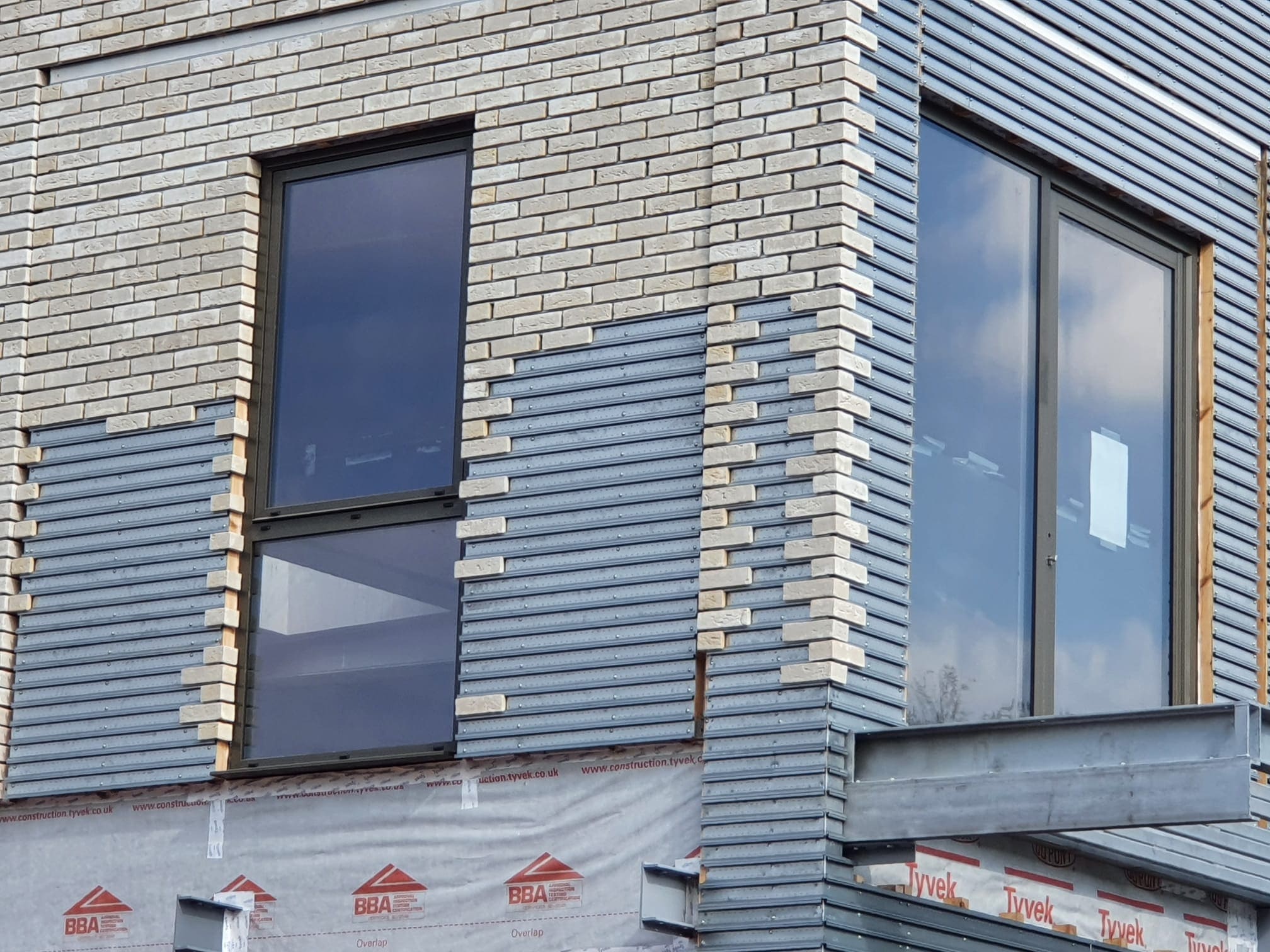13/03/2023
by: BTR News

Private and Institutional landlords will need to be alert to the changes.
Amidst the Covid recovery, enduring Brexit impacts, and a shambolic attempt to deliver effective government, 2022 was a year of real change for the real estate industry.–2023 looks like it will be more of the same. Landlords have been in the government crosshairs for some time now, and the reappointment of Michael Gove means that won’t be slowing down soon. Both the Rental Reform Bill and the Building Safety Act implementation are the centrepieces of a man on a mission - both private and institutional landlords will need to be alert to the changes ahead.
The Building Safety Act: A Turning Point for Corporate Landlords
The enforcement of the Building Safety Act was the watershed moment of last year. Corporate landlords have been forced to dip into sinking funds or adjust spending plans for future schemes merely to contend with the raft of new safety measures. The Fire Safety Act will also see buildings subjected to intense safety criteria, with regular inspections for cladding, doors, balconies, insulation, and other standard equipment, such as firefighting lifts, to ensure they are meeting new standards.
Safeguarding Property Performance Amidst Evolving Building Regulations
There must be capital commitments for both; otherwise, occupancy levels, values, and portfolio performance will be at risk. The government’s proposal to mandate second staircases for new buildings above 11m illustrates that further safety measures will surface in 2023. Landlords must be generous with the size of contingency budgets when mapping out project costs and viability to safeguard against any rabbits pulled out of the hat during a development’s planning journey, given that building regulations are more likely than ever to change. Commercial and residential landlords will need to achieve a minimum band EPC before April 2023. This will begin the next round of EPC regulations, with fines of up to £150,000 for non-compliance.
Buy-to-let Fixation
The media has been awash with discussion of what this means for buy-to-let (BTL) landlords, a fixation which fails to recognize that old offices, aging dilapidated industrial sheds , and much of the purpose-built student accommodation (PBSA) legacy stock the UK is renowned for, face the same test. EPC demands in residential won’t be bad news for the growing single-family housing rental sector, particularly for investors and managers acquiring existing stock, who can reap the benefits of the BTL exodus. Expensive EPC upgrades, high interest rates, and a hostile policy landscape are driving landlords out en masse, and those looking to build institutional-grade portfolios through aggregation can exploit the proceeds of these fire sales.
The Build to rent sector will also benefit from a shrinking private rented sector and additional demand from would-be first-time buyers deciding to wait for the housing market to fall.
A continuing surge in renters is assured. However, the professional rental sector will face challenges. Abolishing Section 21 evictions is still very much on the cards–and is part of a Rental Reform Bill, which includes rent review clauses, where landlords can only increase rents once per year. Rent controls of some description could further compound this if the cost-of-living crisis continues and Sadiq Khan remains galvanized by the actions of the SNP. There is a feeling that introducing a Labour government renders controls an inevitability in one way or another.
Rising Demand and Strategic Evolution: The Future of Institutional Rental Housing
The good news for institutional landlords is that the sheer strength and volume of demand drivers in the rental market effectively counterforce a punitive policy landscape. The transformation of a rental market, where poor build quality, management, and value for money have been thrown into the spotlight, is well underway. The growth of the single-family housing sector, which complements the mature multifamily market and co-living and senior-living, is evidence that institutionally backed operational housing is in high demand.
Target audiences are growing by geography, age, and salary, making these sectors increasingly universal in their appeal. Operational strategies are becoming more sophisticated, and consumers are waking up to the benefits of professional rental living. Build to Rent alone is set to reach 380,000 homes by 2032, says the BPF and Savills–a fivefold increase. It’s now up to investors to balance their caution with recognizing the opportunity ahead.
Adapting to Changing Dynamics: A Forward-Looking Strategy for Landlords
As we move into 2023, landlords—both private and institutional—must take a proactive approach in adapting to the shifting dynamics of the rental market. The regulatory changes, like the Building Safety Act and the upcoming Rental Reform Bill, will continue to impact operational strategies. However, with rising demand for rental housing, particularly from first-time buyers sitting on the sidelines, there remains significant potential for growth. Institutional landlords can capitalize on this by evolving their strategies, focusing on long-term investments in Build to Rent, single-family homes, and other professional rental segments. Those who navigate the regulatory maze and innovate in property management will not only weather the storm but thrive in the changing landscape.
As we move into 2023, landlords—both private and institutional—must take a proactive approach in adapting to the shifting dynamics of the rental market. The regulatory changes, like the Building Safety Act and the upcoming Rental Reform Bill, will continue to impact operational strategies. However, with rising demand for rental housing, particularly from first-time buyers sitting on the sidelines, there remains significant potential for growth. Institutional landlords can capitalize on this by evolving their strategies, focusing on long-term investments in Build to Rent, single-family homes, and other professional rental segments. Those who navigate the regulatory maze and innovate in property management will not only weather the storm but thrive in the changing landscape.
btrnews.co.uk
 2190
2190












Keep up to date
(Weekly, fortnightly or monthly)
To find out more what we do with your data, please read our Privacy Policy

 0
0












